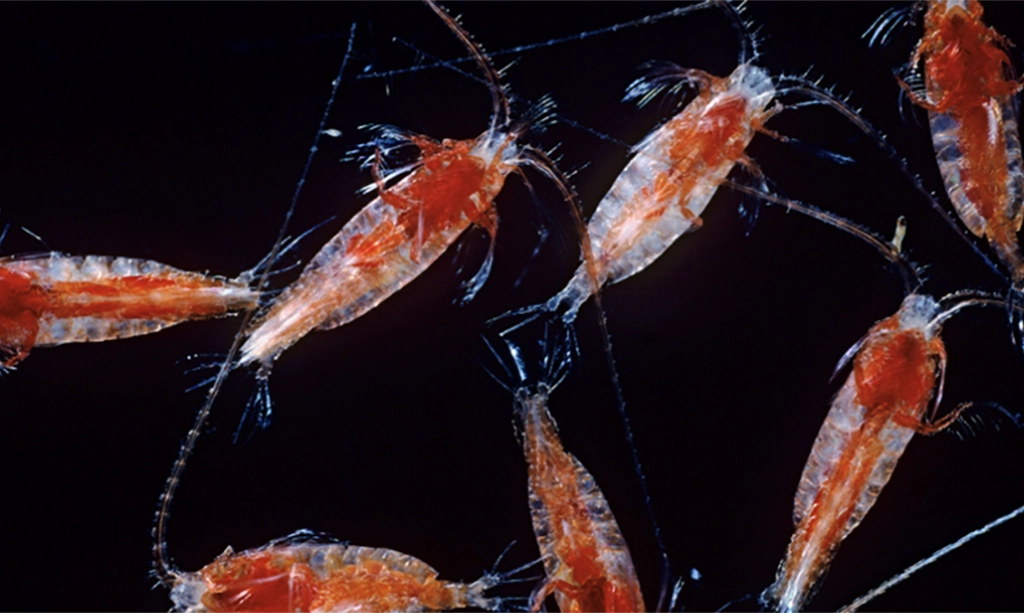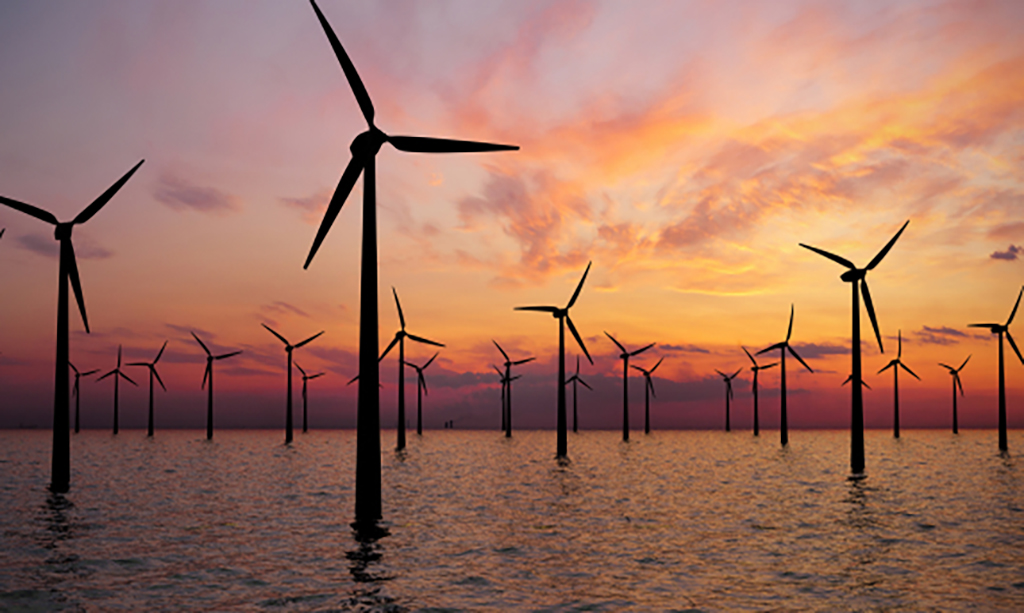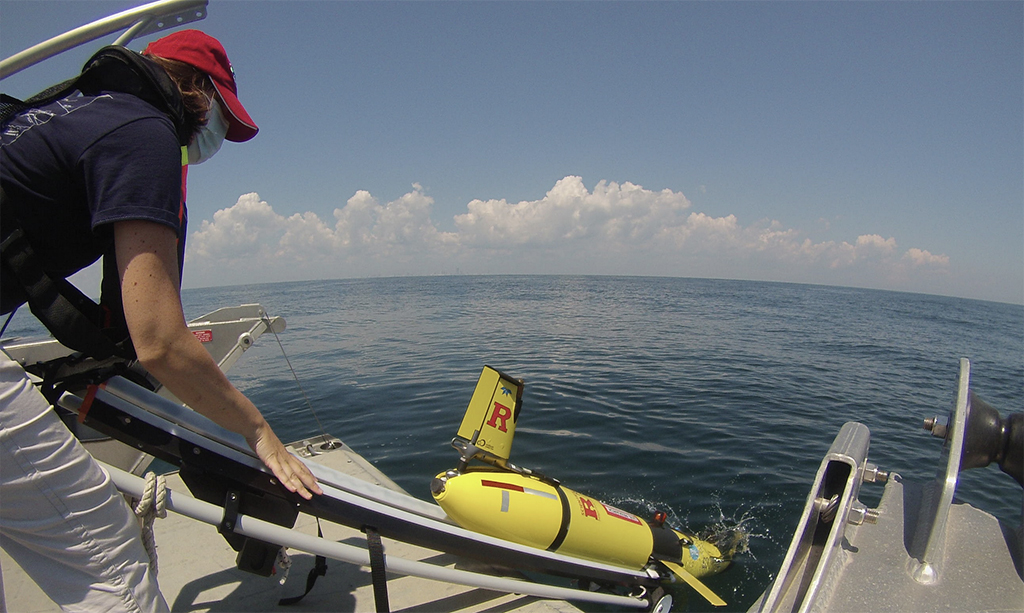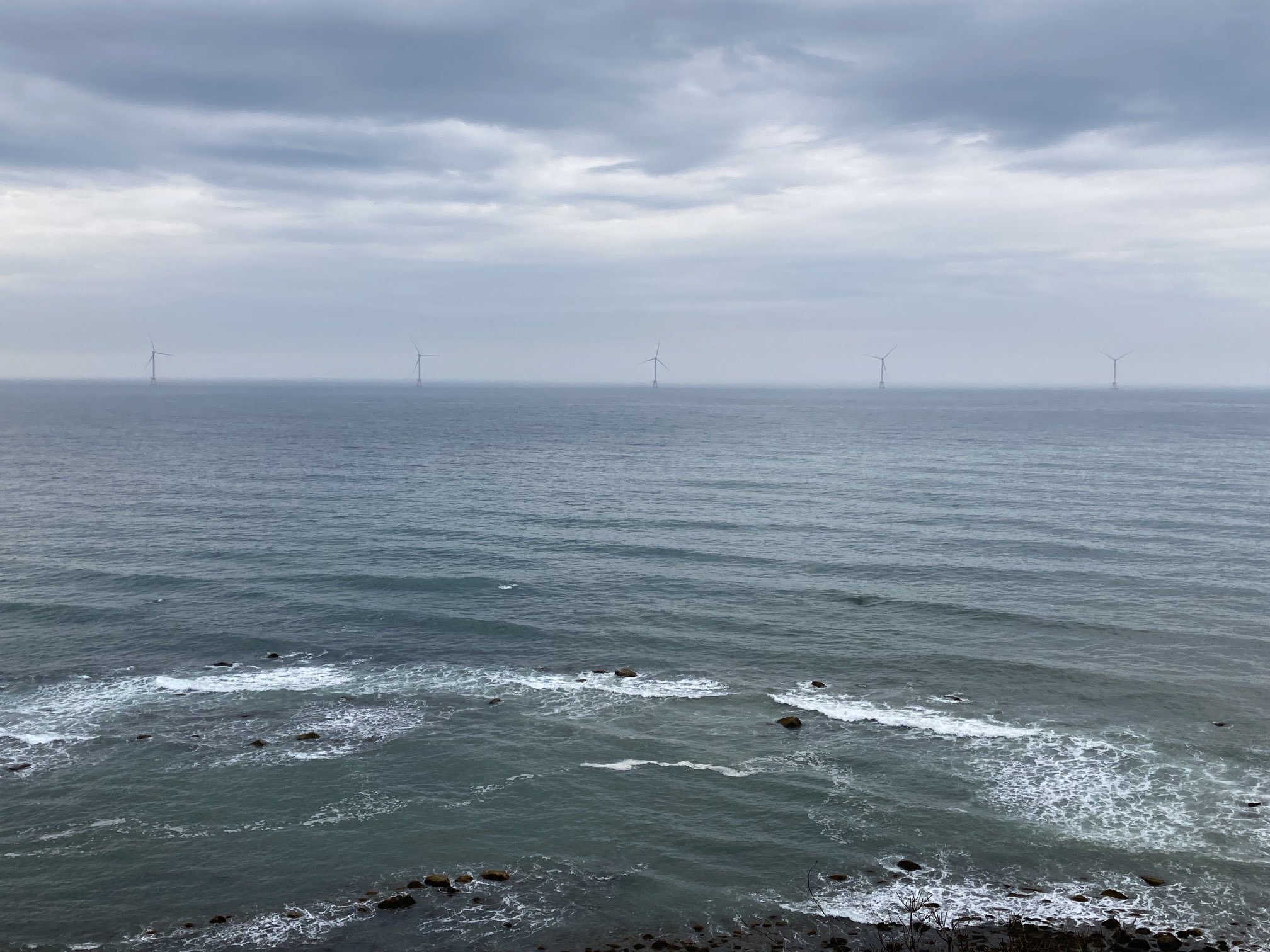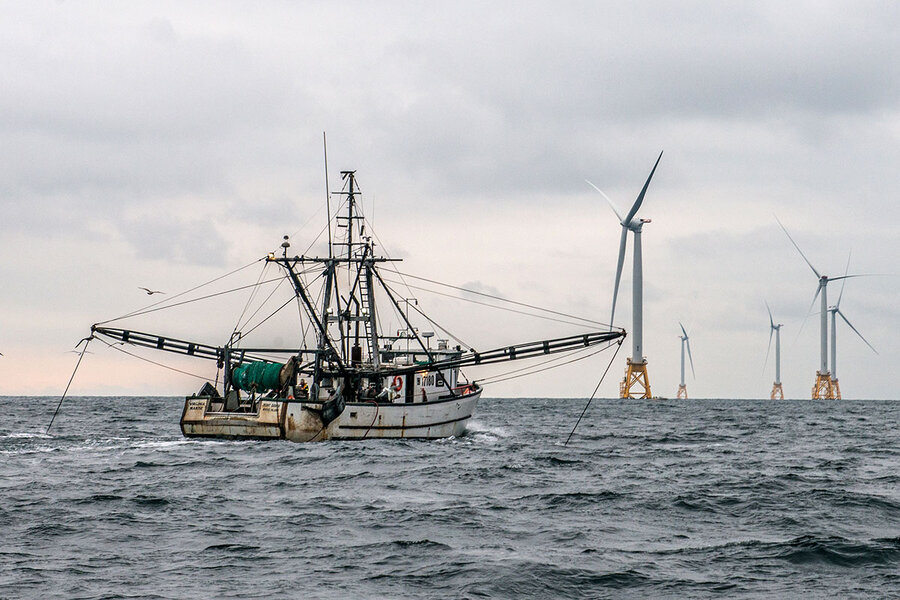Zooplankton and Offshore Wind: Drifters in a Sea of Uncertainty
This study addresses to what degree can we predict how the development of offshore wind (OSW) might alter the distribution of zooplankton, the major food source for migrating whales along…

